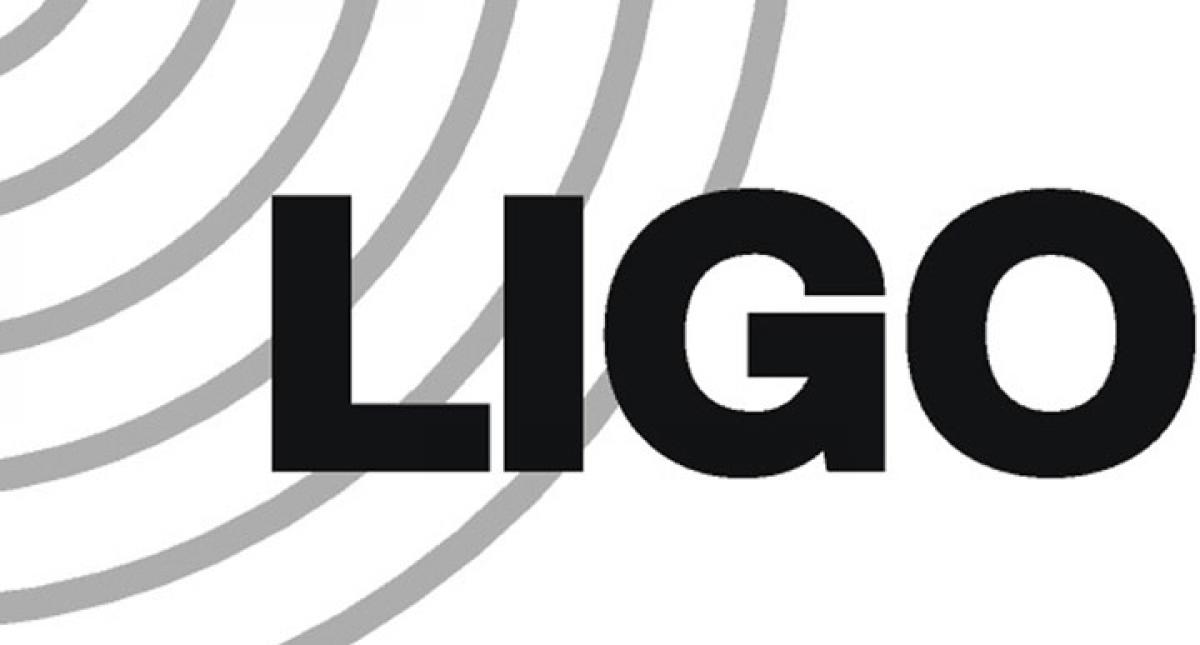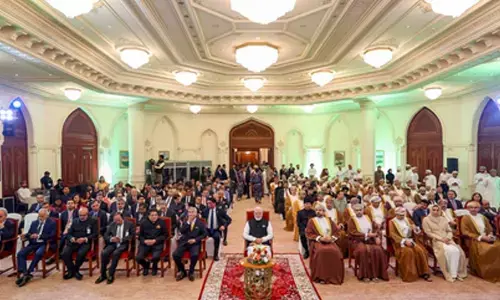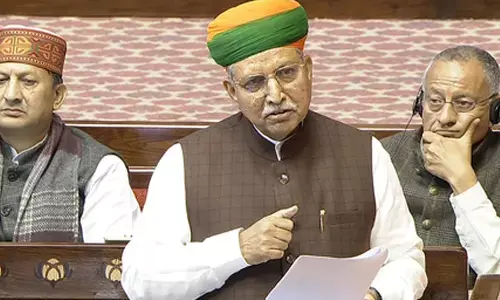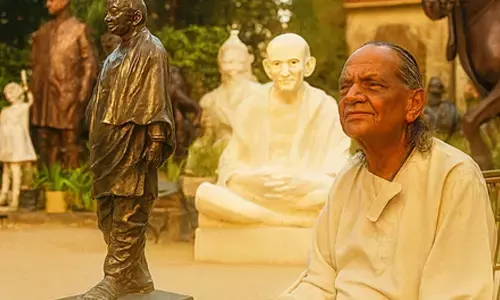Laser Interferometer Gravitational-Wave Observatory

The Laser Interferometer Gravitational-Wave Observatory (LIGO) is a large-scale physics experiment and observatory to detect gravitational waves.
The Laser Interferometer Gravitational-Wave Observatory (LIGO) is a large-scale physics experiment and observatory to detect gravitational waves. Co-founded in 1992 by Kip Thorne and Ronald Drever of Caltech and Rainer Weiss of MIT, LIGO is a joint project between scientists at MIT, Caltech, and many other colleges and universities.
Scientists involved in the project and the analysis of the data for gravitational-wave astronomy are organised by the LIGO Scientific Collaboration which includes more than 900 scientists worldwide, as well as 44,000 active Einstein@Home users.
LIGO is funded by the National Science Foundation (NSF), with important contributions from the UK Science and Technology Facilities Council, the Max Planck Society of Germany, and the Australian Research Council.
By mid-September 2015 "the world's largest gravitational-wave facility" completed a 5-year $200-million overhaul at a total cost of $620 million. Initial LIGO operations between 2002 and 2010 did not detect any gravitational waves.
From 1989 through 1994 LIGO failed to progress technically and organizationally. Only political efforts continued to acquire funding. Ongoing funding was routinely rejected until 1991, when the U.S. Congress agreed to fund LIGO for the first year for $23 million.
However, requirements for receiving the funding were not met or approved, and the NSF questioned the technological and organizational basis of the project. By 1992, LIGO was restructured with Drever no longer a direct participant.
Ongoing project management issues and technical concerns were revealed in NSF reviews of the project, resulting in the withholding of funds until they formally froze spending in 1993.
In 1994, after consultation between relevant NSF personnel, LIGO's scientific leaders, and the presidents of MIT and Caltech, Vogt stepped down and Barry Barish (Caltech) was appointed laboratory director, and the NSF made clear that LIGO had one last chance for support.
Barish's team created a new study, budget, and project plan with a budget exceeding the previous proposals by 40%. This new proposal received NSF funding.
On February 11, 2016, the LIGO Scientific Collaboration and Virgo Collaboration published a paper about the detection of gravitational waves, from a signal detected at 09.51 UTC on September 14, 2015 of two ~30 solar mass black holes merging about 1.3 billion light-years from Earth.

















